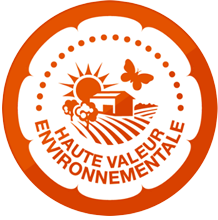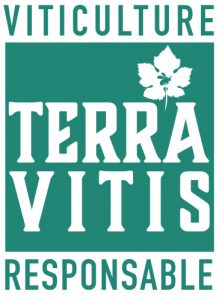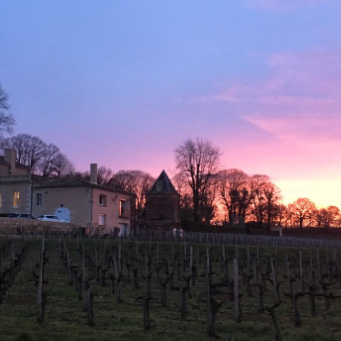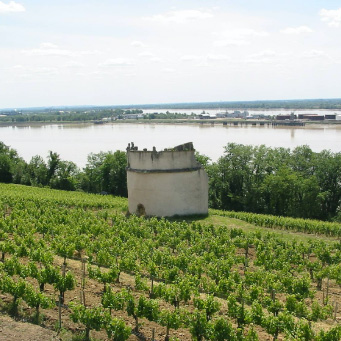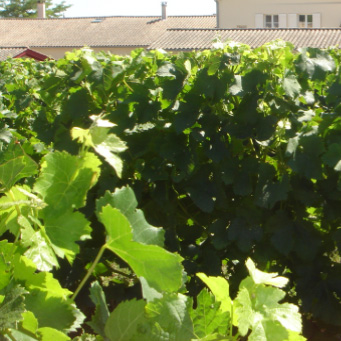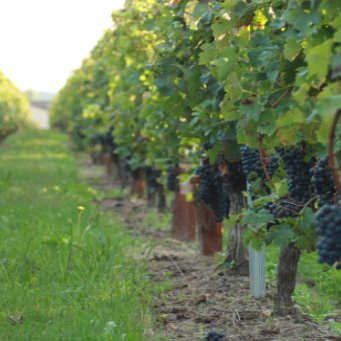Preserving natural resources, as well as protecting our health, is the main goal of the Terra Vitis certification.
THIS COMMITMENT IS BASED ON 6 PRINCIPLES
1 – RESPECT OUR ENVIRONMENT
We respect our water resources and the biodiversity of our soil in order to grow vines that will yield good and healthy grapes.
2 – PROTECT OUR VINES AND GRAPES
We observe and study the vines carefully to help their natural defences. We only step in when there is no other way to ensure a successful crop.
3 – RESPECT PEOPLE
We strive to provide our employees, farm neighbours and all people with a good environment to protect their health.
We also provide training for all the people working in our vineyards.
4 – INNOVATE AND CHANGE
Year after year, we try to stay ahead of future environmental and health requirements. To do this, we develop and test new techniques with the help of all of our vineyards’ highly qualified staff.
5 – RESPECT OUR COMMUNITY
Because we are environmentally conscious, we make sure all the waste from our estate is reused or recycled.
6 – RESPECT THE CONSUMER
Each stage of production is audited by an independent organisation. The auditor certifies each vintage. This certification gives our consumer full transparency on our winemaking process from the vine to the glass.
